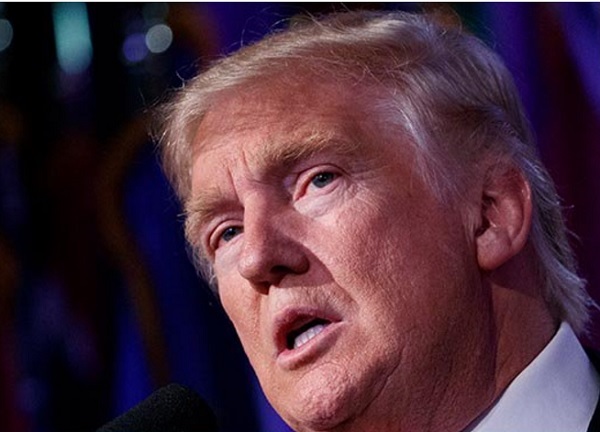
Washington, United States | AFP |
A US appeals court has rejected a government request to immediately reinstate President Donald Trump’s controversial immigration ban — the latest twist in what could be a long, high-stakes legal battle.
Here are the main facts about Trump’s executive order and the court action surrounding the case:
– Executive order –
The January 27 decree prohibits entry to all refugees, regardless of nationality, for 120 days, and bars Syrian refugees indefinitely.
It also suspends the issuance of visas for 90 days to migrants or visitors from seven mainly Muslim countries: Iran, Iraq, Libya, Somalia, Sudan, Syria and Yemen.
– Federal court action –
On Friday in Seattle, federal district judge James Robart ordered the temporary nationwide suspension of the president’s order.
His ruling stands until the court can study a complaint filed by the Washington state attorney general, Bob Ferguson. Critics including Ferguson say the measure unfairly targets Muslims.
Federal judges in several other states — notably California and New York — have also ruled against Trump’s executive order, and a judge in Boston declined to review it, but Robart’s ruling has the greatest sweep.
Trump attacked the judge in a string of fiery Twitter posts on Saturday.
“The opinion of this so-called judge, which essentially takes law-enforcement away from our country, is ridiculous and will be overturned!” the president wrote.
– Travel ban lifted… for now –
“Those individuals with visas that were not physically canceled may now travel if the visa is otherwise valid,” a State Department spokesperson said Saturday.
And the Department of Homeland Security, which has authority over border police, said it was reverting to “standard policy and procedure.”
Just cannot believe a judge would put our country in such peril. If something happens blame him and court system. People pouring in. Bad!
— Donald J. Trump (@realDonaldTrump) February 5, 2017
– Was the federal ruling unusual? –
Not really. The suspension of Trump’s order is reminiscent of the reaction to former president Barack Obama’s executive order of November 2014, which sought to protect from deportation more than four million undocumented immigrants who had been in the country for at least five years.
A federal judge in Texas ruled that Obama had overstepped his powers and blocked the order’s implementation. That decision survived an appeal and reached the Supreme Court. Obama ultimately had to give in on what had been a key measure of his second term.
– The government appeal –
Late Saturday, the Justice Department officially challenged Robart’s ruling.
The Trump administration filed an emergency motion with the Ninth Circuit Court of Appeals saying that suspending the ban was causing “irreparable harm” to the American public.
It also argued that Robart had run afoul of constitutional separation of powers, and “second-guesses the president’s national security judgment.”
The appeals court rejected the request for an emergency stay, and asked both sides to present additional documents by late Monday.
Vice President Mike Pence called the decision “frustrating.”
Eventually, the case could go to the Supreme Court, said Peter Spiro, a law professor at Temple University in Philadelphia.
“It could go very, very fast,” he added.
– Lessons to learn? –
Legal experts said Trump’s attack on Robart was unusual.
“It’s not exactly contempt of court, but it certainly is contemptuous, and it conveys a lack of respect for the independent judiciary,” said Laurence Tribe, a constitutional scholar and Harvard Law professor.
For Spiro, the Temple law professor, Trump made a mistake by mocking Robart as a “so-called judge.”
“That’s not something that judges like,” he said.
 The Independent Uganda: You get the Truth we Pay the Price
The Independent Uganda: You get the Truth we Pay the Price


